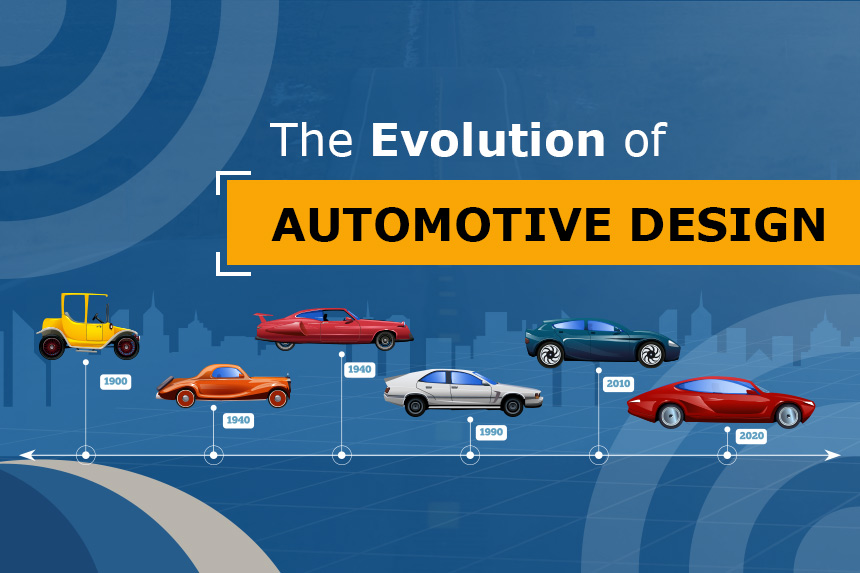The story of how cars have been made is like a really interesting adventure. It shows how technology, culture, and the way people live have changed over time. It has been more than a hundred years of new ideas and inventions. From the first simple cars without horses to the super fancy ones we have now, the way cars look and work has changed a lot. This shows how clever people are, how much we've improved our technology, and how our society has changed too. This blog will take you on a quick journey through the changes from old-style cars to the cool ones we have today. It will show you the important moments and things that made these changes happen.
- The Classic Era (Late 19th to Early 20th Century)
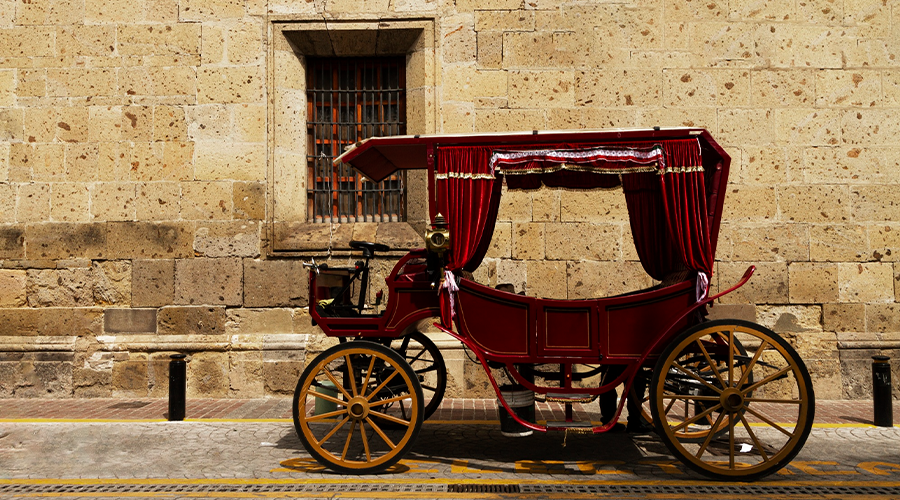
The roots of automotive design trace back to the late 19th century, when inventors and pioneers like Karl Benz and Henry Ford crafted the first automobiles. During this era, functionality was the driving force behind design. Vehicles were boxy, built on simple chassis, and often had open-air structures. The primary focus was on engineering and making the automobiles functional for everyday use. In the early 20th century, advancements in manufacturing techniques led to the emergence of more stylish features like rounded fenders, enclosed cabins, and ornate details. As the automobile gained popularity, it became a symbol of status and a canvas for creative design expression.
2. Art Deco Influence (1920s-1930s)
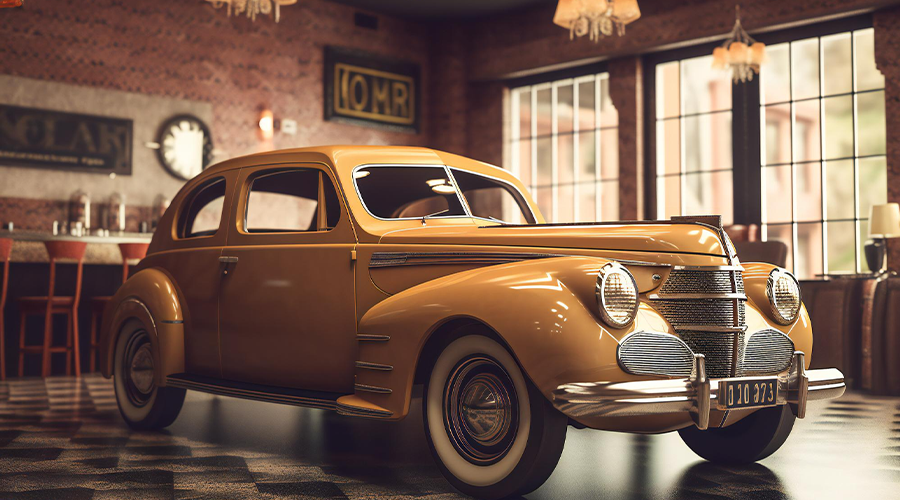
The 1920s and 1930s marked a significant shift in automotive design with the Art Deco movement influencing the aesthetics of cars. Streamlined shapes, aerodynamic curves, and chrome accents became popular, reflecting the era's fascination with speed and progress. Hood ornaments and intricate radiator grilles were often used to add a touch of elegance. This period witnessed the convergence of design and art, transforming cars into status symbols and expressions of style. The use of new materials and manufacturing techniques allowed designers to experiment with bolder forms and novel design elements.
3. Post-War Modernism (1940s-1950s)
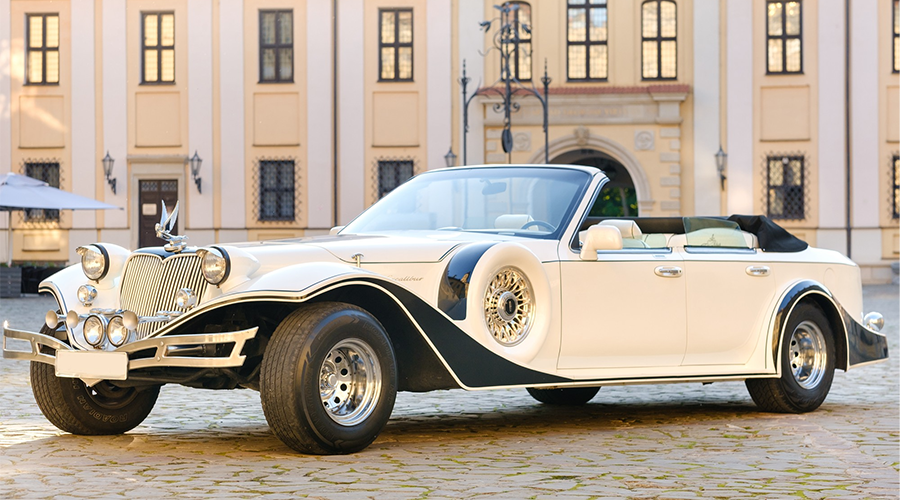
The aftermath of World War II brought about a surge in innovation and creativity in automotive design. The 1940s and 1950s introduced concepts of modernism, incorporating futuristic elements like tailfins, sleek lines, and bold color schemes. This era saw the rise of iconic designs like the Chevrolet Bel Air and the Cadillac Eldorado, which emphasized extravagance and luxury. Cars became larger and more flamboyant, catering to the post-war economic boom and changing societal aspirations. The automotive industry started to focus not only on functionality but also on aesthetics and emotional appeal.
4. Minimalism and Functionality (1960s-1970s)
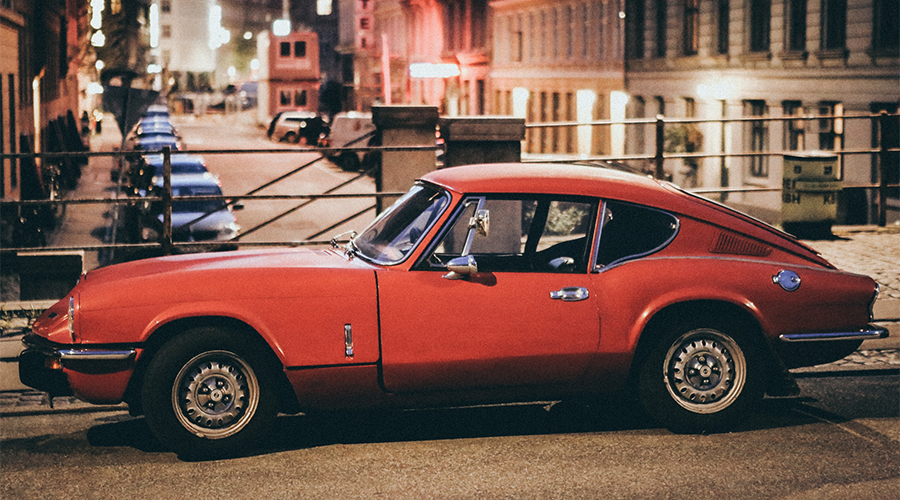
As the 1960s rolled in, automotive design witnessed a shift towards minimalism and functionality. The clean lines and simplistic forms of the mid-century modern movement influenced car design. European manufacturers like Volkswagen popularized the concept of compact, practical cars that focused on efficiency and maneuverability. During this time, safety features began to emerge, leading to changes in body shapes and the integration of impact-absorbing materials. The oil crisis of the 1970s further spurred innovation, pushing designers to prioritize fuel efficiency and explore lightweight materials.
5. Technological Advancements (1980s-1990s)

The 1980s and 1990s brought remarkable technological advancements that significantly impacted automotive design. Computers started playing a crucial role in the design process, enabling engineers to create intricate 3D models and conduct simulations. This era also marked the rise of aerodynamics as a driving force in design, with automakers striving for optimal fuel efficiency and reduced wind resistance. Sleek, angular lines became popular, and the integration of electronics led to digital dashboards and advanced infotainment systems. These decades showcased the fusion of technology and design, transforming vehicles into sophisticated machines with a strong visual identity.
6. 21st Century Innovations (2000s-Present)
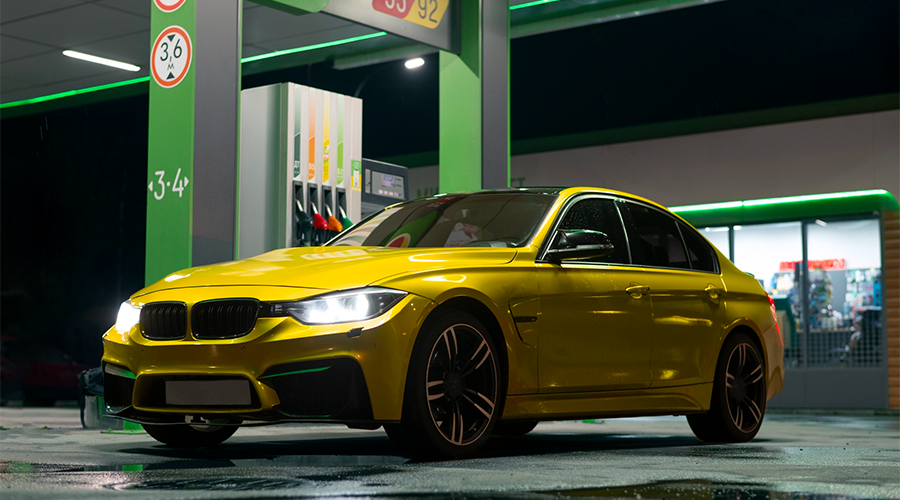
The 21st century has ushered in an era of unprecedented innovation and diversity in automotive design. Sustainable practices and electric propulsion have become paramount, leading to the creation of eco-friendly vehicles with innovative designs. The concept of autonomous driving has challenged traditional design principles, with interiors focusing on comfort and connectivity rather than manual controls. Moreover, the rise of crossover SUVs has reshaped vehicle silhouettes, blending elements of SUVs and sedans. This period highlights the automotive industry's response to environmental concerns and changing mobility needs.
To be Conclude
Back in the old days, cars were made to do a job – to take us from one place to another. They were simple and not very stylish. But as time went on, people started thinking about how cars could look cooler. The classic era was all about making cars work well, and slowly they started to look better too. There are lots of differences between modern cars and traditional cars because we care about the Earth, so cars are becoming kinder to the environment. They can be electric and use less fuel. We're also thinking about cars driving themselves, which changes how they're built inside. In the future, we can expect cars to keep surprising us. With new technologies like 3D printing and smart robots, cars might become even more amazing and different from what we know now. So, the story of car design is like a time machine, taking us through different styles and ideas. From classic to modern, each step has been a new adventure in making cars that are not only useful but also cool and exciting. As we move ahead, who knows what incredible designs and ideas will shape the cars of tomorrow!”



